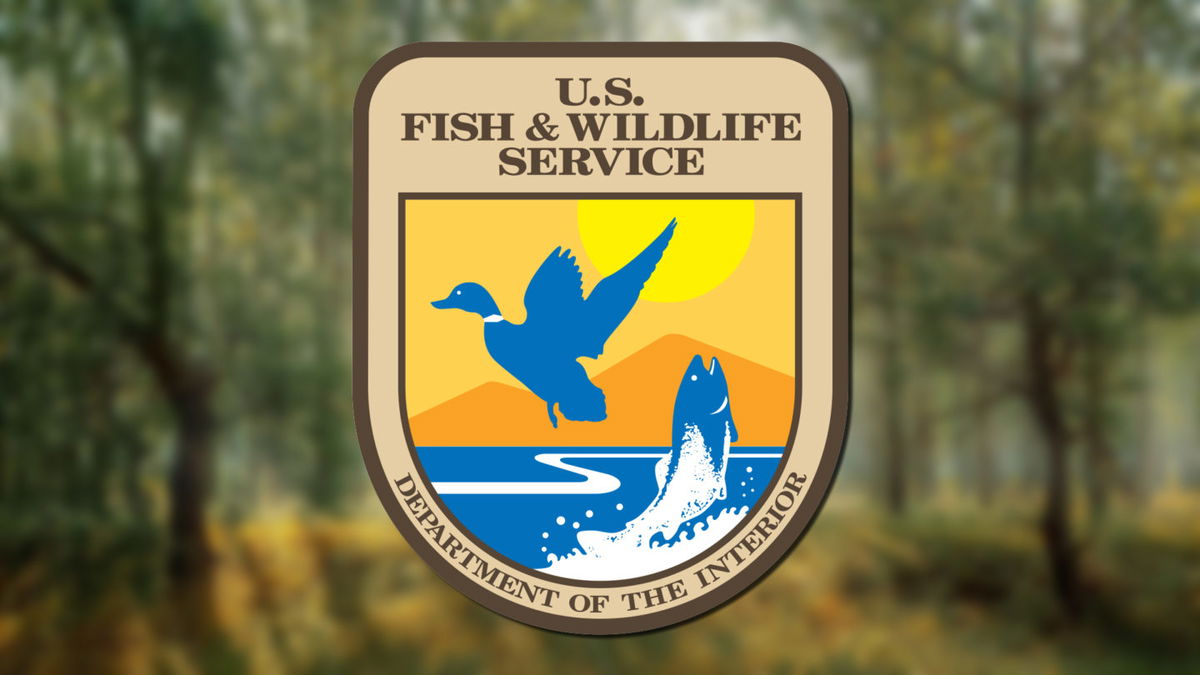Southern sea otters retain protected status after U.S. Fish and Wildlife Service evaluation

VENTURA, Calif. – The U.S. Fish and Wildlife Service announced that southern sea otters will retain their threatened species status under the Endangered Species Act after an in-depth review.
"While southern sea otters have made strides toward recovery after coming back from the brink of extinction in our recent history, they continue to face significant threats from climate change, shark-bite mortality, and limited range,” said Steve Henry, field supervisor for the U.S. Fish and Wildlife Service in Ventura. “Based on scientific projections of future conditions for the species, these threats will continue to impact southern sea otter abundance and connectivity between populations in ways that will most likely reduce the ability of the species to sustain itself in the future.”
According to the U.S. Fish and Wildlife Service, southern sea otters occupy about 13% of their historic range that ran from Oregon to Baja California, Mexico and today that are largely concentrated along California's Central Coast, from San Mateo County to Santa Barbara County as well as the waters around San Nicolas Island in Ventura County.
Southern sea otters were hunted to near extinction for their fur in the eighteenth and nineteenth centuries and the subspecies we see today survived when a few dozen eluded humans off the more rugged coast of Big Sur detail the U.S. Fish and Wildlife Service.
Since receiving protection through the Endangered Species Act, the southern sea otter population has fluctuated around 3,000 individuals in recent years relay the U.S. Fish and Wildlife Service.
In 2001, the U.S. Fish and Wildlife Service received a petition to delist the species and in August of 2022, the federal agency published a 90-day finding that the petition did provide substantial scientific or commercial information supporting the delisting.
The full 12-month finding used to evaluate the southern sea otter's status and referenced in this article can be found here.
As directed by Congress, the U.S. Fish and Wildlife Service assessed the potential of reintroducing southern sea otters to the Oregon and Northern California coasts which found that while the potential project was biologically feasible, additional study of local impact was required. There are no active reintroduction proposals detail the U.S. Fish and Wildlife Service.
According to the U.S. Fish and Wildlife Service, sea otters play a fundamental role in nearshore ecosystems by enhancing biodiversity, increase carbon sequestration by kelp and seagrass, and make ecosystems more resistant to climate change.
Unlike other aquatic mammals, such as whales and seals, sea otters lack blubber and instead rely on their dense fur and elevated metabolism to retain heat.
An average adult sea otter must eat 20 to 30 percent of its body mass each day to meet its necessary energy requirements detail the U.S. Fish and Wildlife Service.
If you see a sea otter resting, do not disturb them. That conservation of their energy through uninterrupted rest, is an essential part of their well-being.
Here are some tips from U.S. Fish and Wildlife in case you encounter sea otters in our local waters:
- Be aware of your surroundings and alert to nearby wildlife when recreating
- Maintain a safe distance—if a sea otter notices you, you are likely too close and should back away. Keep kayaks at least 60 feet (or five kayak lengths) away, passing by parallel rather than pointing directly at any animals and moving slowly but steadily past rather than stopping
- Keep pets on a leash on and around docks and harbors and never allow interactions, even if the animals appear to be playing
- Never feed sea otters, as they can become aggressive, which could result in their removal from the population and placement in an animal care facility
